The Royal Chapel is a Gothic building containing the tombs of Ferdinand II of Aragon and Isabella of Castile and their heirs Philip I and Joanna of Castile
By Nick Nutter | Updated 15 Mar 2022 | Granada | Places To Go |
Login to add to YOUR Favourites or Read Later
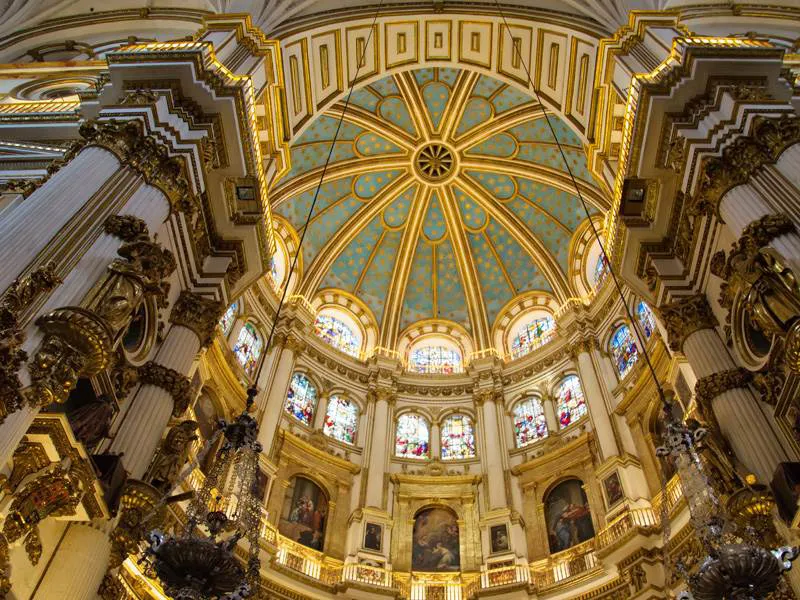
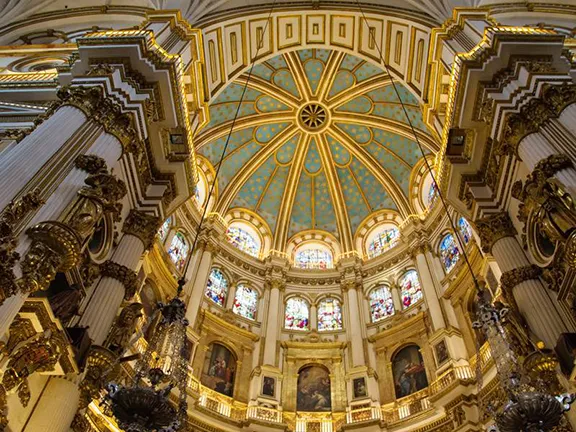
Royal Chapel
Visitors to Granada often miss the Royal Chapel, perhaps expecting the final resting place of Spain’s most influential monarchs, Ferdinand II of Aragon and Isabella of Castile, also known as the Catholic Monarchs, to be in the Cathedral building itself.
When the Catholic Monarchs conquered Granada in 1492, the Cathedral did not exist. Instead there was a Grand Mosque. A Catholic church was built inside the mosque, much as happened to the Mesquita in Cordoba. It was not until 1523, during the reign of Charles I, that the mosque-church was demolished and the Cathedral of Santa María de la Encarnación was built. Ferdinand and Isabella had the Royal Chapel built alongside the mosque that would eventually become the Cathedral after their deaths. The Catholic Monarchs made Granada part of the Kingdom of Castile and unified Spain under one monarchy. Through the arranged marriages of their children, they established relationships with Portugal, England and Austria. Their heirs, Philip I (also known as Philip the Handsome) and Joanna of Castile (dubbed Joanna the Mad), parents to Charles I of Spain, are also buried in the Royal Chapel.
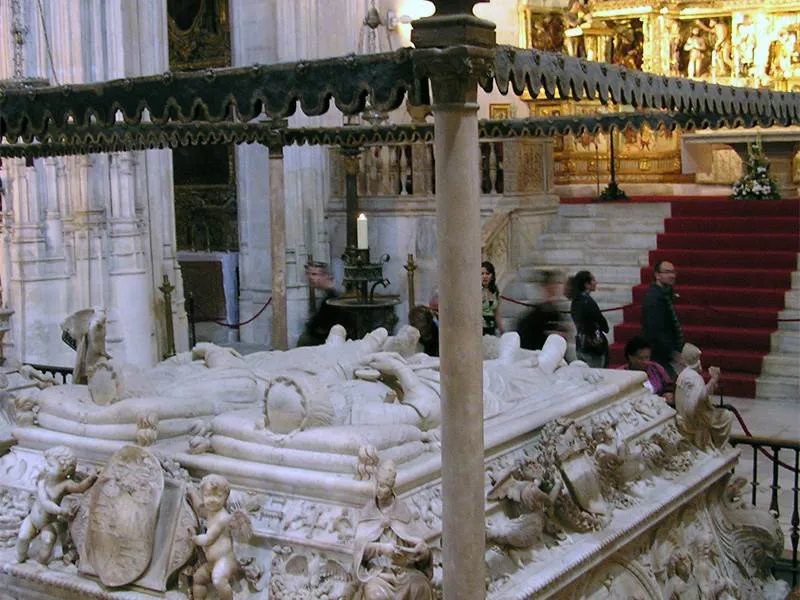
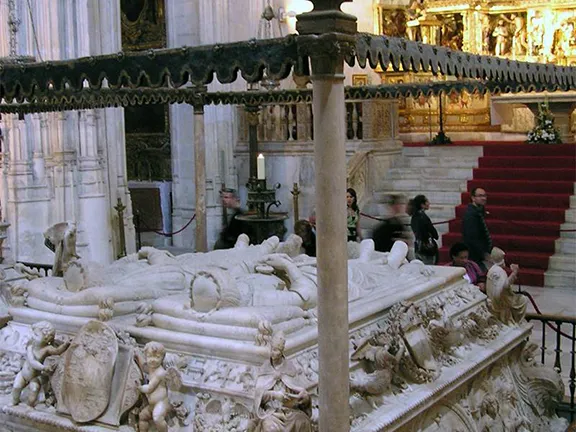
Tombs of Isabella and Ferdinand
In 1492, the capture of Granada and the last remaining Nasrid Kingdom in Spain was the culmination of Ferdinand and Isabella's joint reign. The discovery of America later that year and the establishment of a judicial, municipal, military and ecclesiastical government in Granada, to administer the territories of the New World, made the city the centre of the Catholic Monarchs reign. They both decided that the city would be their final resting place and commissioned the Royal Chapel in 1504. Sadly, Isabella died in November of that year before the chapel was even started. Construction began in 1506 and was completed in 1517 just after Ferdinand's death the previous year. The original style that can still be seen is a very sombre Gothic.
Charles I (who was also the Holy Roman Emperor Charles V) provided money to enhance the chapel after 1518 and you will see the Renaissance ornamentation to the building, particularly on the outside of the 'Lonja' or exchange, that was originally designed as a commercial centre and incorporated into the Royal Chapel towards the end of the 19th century. Today you have to enter the Lonja before passing into the Royal Chapel.
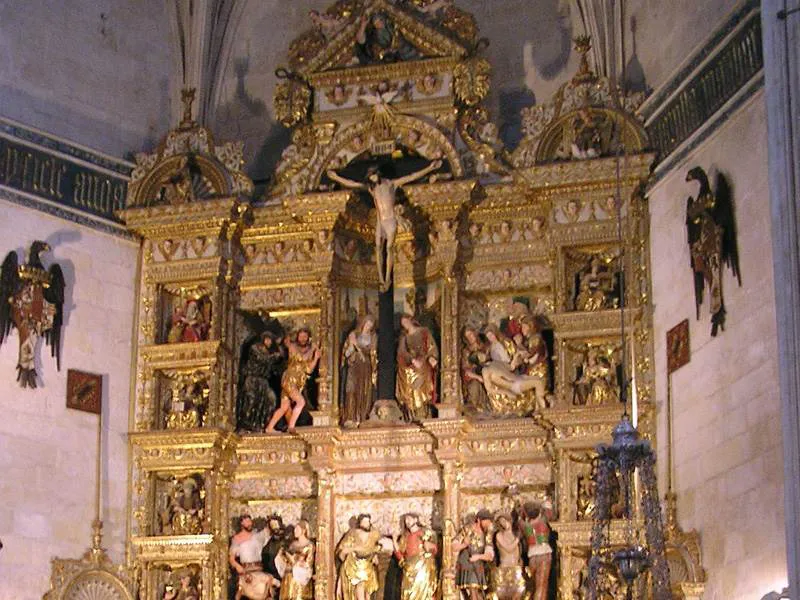
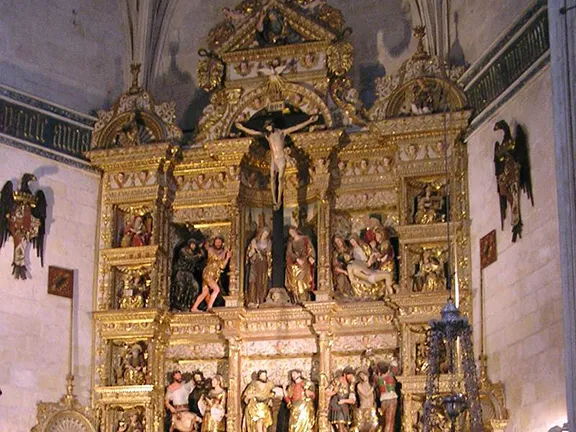
Guilded Altar Piece
The Royal Chapel is a Gothic building with a low vault supporting the choir. The walls are decorated with heraldic motifs, the coats of arms of the Catholic Monarchs with the yoke and arrows, the symbols of their united kingdoms. Two highly decorated chapels lead off from the Nave. They contain religious paintings, sculptures and religious silverwork.
Beyond the chapels, you arrive at the Main Grille-screen. It is made in forged, guilded steel and is considered the finest Spanish grille in the plateresque style.
Passing through the grille into the crossing you are now confronted with the tombs. On the right are the Renaissance tombs of the Catholic Monarchs and on the left, the Michelangelo inspired tomb of Philip and Joanna. Beneath the tombs is the crypt, where, in lead coffins, the remains of their respective occupants lie.
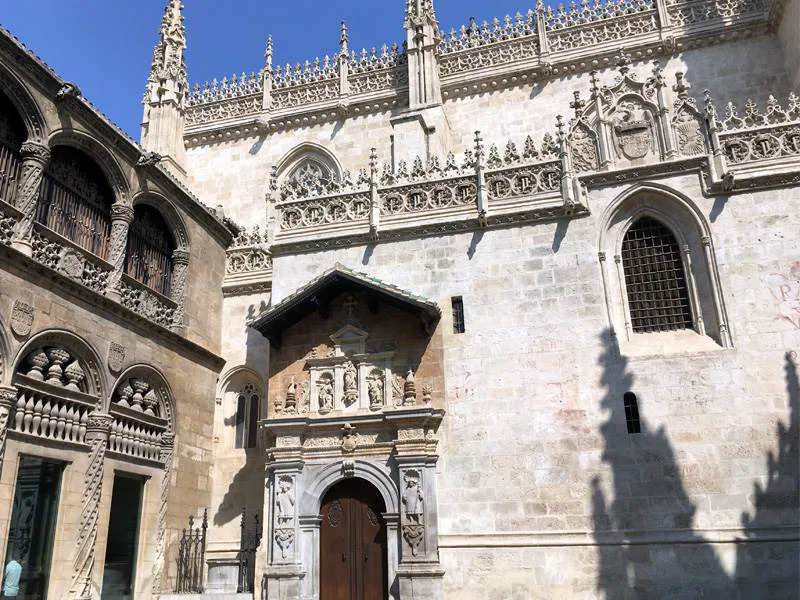
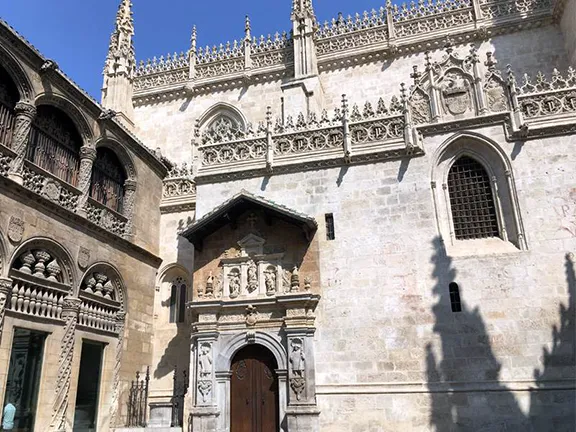
The Lonja Entrance
To one side of the chapel, there is the chapel museum. The centrepiece is the crown and sceptre of Isabella and the sword belonging to Ferdinand. Possibly of more interest though is the Queen's mistral and a mirror. The mistral is a 1496 work, written on vellum with magnificent miniatures. The fine Italian silver mirror belonged to Isabella and until the 19th century, it was used as a monstrance to hold the sacrament before its true function was discovered.
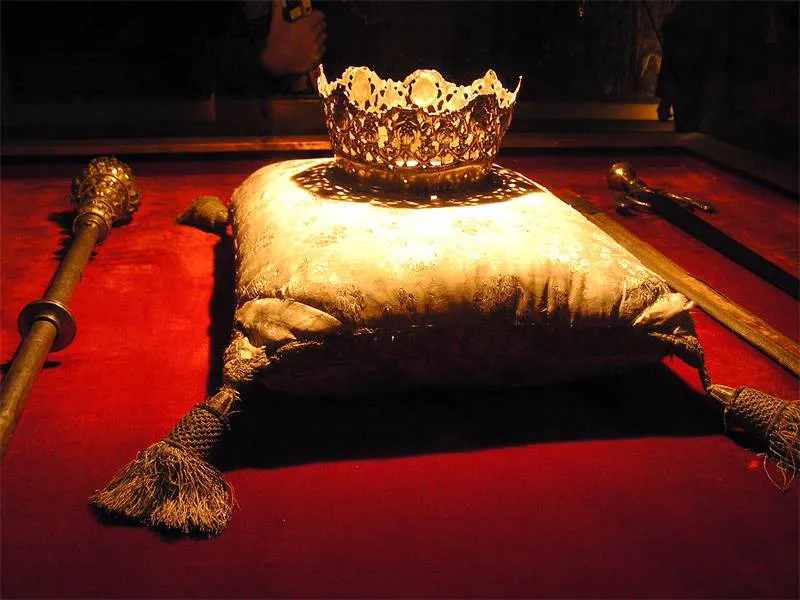
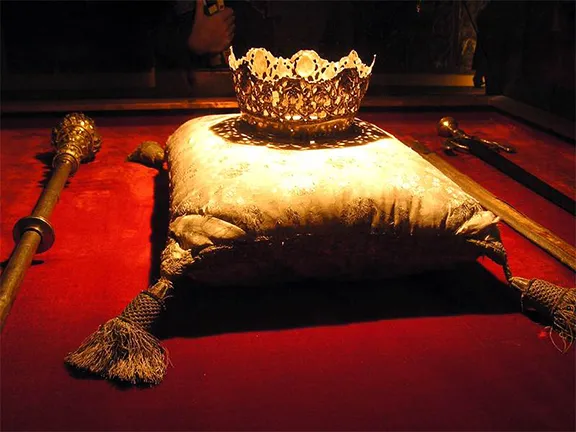
Crown and Sceptre of Isabella
Many historians consider the year 1492 to be the time Spain was dragged out of the mediaeval period into the modern era. The Royal Chapel epitomises that change in its architecture and decoration, part Gothic, part Renaissance with the Italian painter Michelangelo's influences. The history of the building itself also places it firmly at that great crossroads of history when Spain was united in religion and nationality. The sombre demeanour of the Catholic Monarchs gave way to the less sedate, insane but mercifully brief rule of Philip and Joanna before Charles I came to the throne in a much saner but even more exuberant style. It was also a time when Spain was expanding its empire in the Americas to become, temporarily, the richest nation on earth and that can also be seen in the richness of the later decorations.
The growth in confidence of the new nation and its changing attitude and eagerness to be rid of its past is portrayed by the story of the tombs. Isabella had stipulated, in 1504, that she be buried in a low tomb with a single tombstone at floor level. Twelve years later Ferdinand decided not to respect her wishes and commissioned the mausoleum that now graces the chapel. Similarly, the tombs of Philip and Joanna were originally intended to be simple but the designer, Ordonez, in 1520, had grander ideas and produced the flamboyant sarcophagus you see today.
For opening times and prices of the Royal Chapel, click here